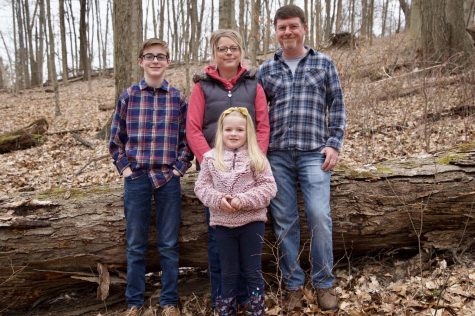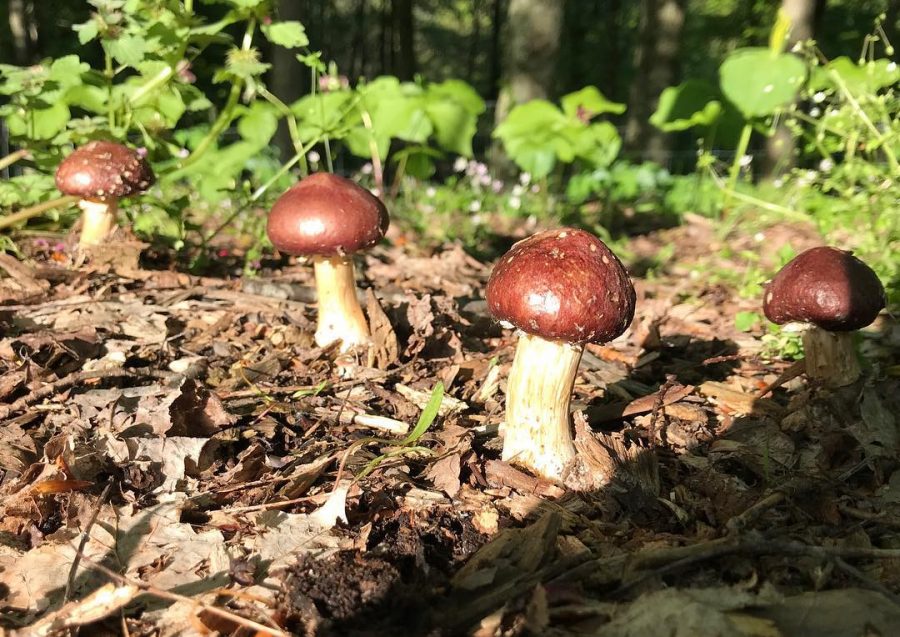Growing a small forest farm
June 5, 2019

For some folks the word “farm” immediately brings to mind a certain set of images. Maybe itʼs a big red barn with a tall white silo, or a tractor plowing wide-open fields, or long neat rows of corn stretching for acres. But what about a forest farm? As you might imagine, a forest farm looks a little different. Instead of open fields basking in the sun, picture a hillside covered with tall sugar maple, cherry and walnut trees that form a continuous canopy overhead. Instead of corn and soybeans, imagine a forest floor covered with low plants and shrubs.
The crops in a forest farm are unique and diverse, but all share one commonality — they all prefer the shade. Common forest crops include edible plants like ramps and walnuts, medicinal plants like ginseng and goldenseal, a large variety of mushrooms, and of course, maple syrup.
The tools and techniques of the forest farmer are different, too. No room for big tractors or combine harvesters in the woods. The vast majority of the work is done by hand using simple tools. Rather than long, continuous rows, we grow crops in small patches directly on the forest floor, or in permanent raised beds. We don’t typically till the soil either, except to break ground for new beds.
Forest farms operate on a different timescale too. Corn matures in about 100 days, but it takes anywhere from 6 to 10 years for plants like ramps and ginseng to grow from seed to a marketable size. Even relatively ‘quick’ cycle forest crops like shiitake mushrooms take 6 to 12 months from inoculation to first fruiting.
Despite the differences, there are similarities between farming in the forest and the field. Both depend on farmers cultivating and maintaining healthy soil to produce a crop, and farmers of all stripes are at the mercy of the weather to a large extent. Too much rain, or prolonged drought, brings trouble to the forest just like the fields. There is also overlap in the methods used by forest and field farmers. Many of the techniques we use in the woods were first developed by organic vegetable growers, like avoiding synthetic chemicals, using organic mulch to control weeds and retain soil moisture, and including habitat for pollinators and other wildlife into the overall farm plan.
And the two approaches aren’t mutually exclusive. We’ve found they compliment each other nicely. In addition to our forest crops, we also grow lots of vegetables, herbs and flowers in the sunnier spots on the farm. That keeps us busy during the spring and summer growing seasons while our forest planting and harvesting takes place largely in late-fall and early-spring. During the winter we cut and inoculate mushroom logs, and tap maple trees.
Lots of traditional farms in the area have tracts of hilly, mature woodland that may not be suitable for tilling or grazing. Forest farming offers these farmers, and anyone with a woodlot, a unique opportunity to earn additional income from land that might otherwise go unused.











